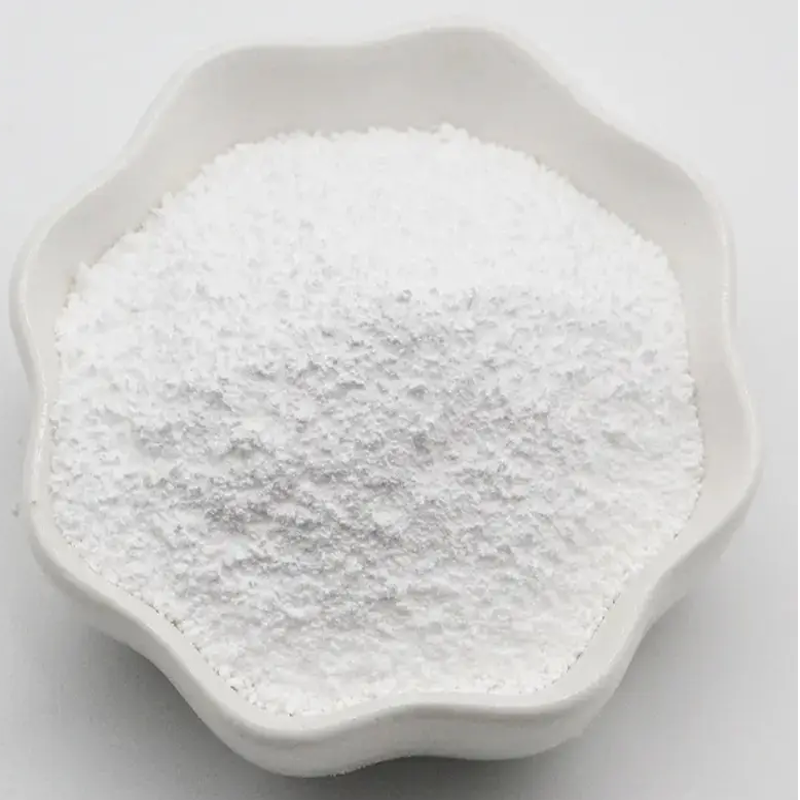-
Categories
-
Pharmaceutical Intermediates
-
Active Pharmaceutical Ingredients
-
Food Additives
- Industrial Coatings
- Agrochemicals
- Dyes and Pigments
- Surfactant
- Flavors and Fragrances
- Chemical Reagents
- Catalyst and Auxiliary
- Natural Products
- Inorganic Chemistry
-
Organic Chemistry
-
Biochemical Engineering
- Analytical Chemistry
- Cosmetic Ingredient
-
Pharmaceutical Intermediates
Promotion
ECHEMI Mall
Wholesale
Weekly Price
Exhibition
News
-
Trade Service
In recent years
theof low-
isobacteria infection in patients withimmuneis increasingCandida is still the main pathogen of clinical primary or secondary infections, but infections caused by non-candida, especially tropical Candida, are also increasingTropical Candida mainly causes superficial infections and CandidaemiaCandida granules are extremely rare manifestations of tropical Candida infectionHere, we report a case of refractive candidocicane granules and successfully cured patients with antifungal drugs combined with heat therapy and liquid nitrogen freezingcases were reported57-year-old male with a history of high blood pressure and stroke, who were diagnosed in May 2019 due to multiple patches on the lower back, right thigh and faceEight years ago, the patient's waist and right thigh had no obvious cause of gradual lying with multiple wart-like plaquesIt was not until 18 months ago that two expanding patches appeared on the patient's face, accompanied by intense itching, that the patient began to seek treatment (Figures 1, A1 and B1)He was diagnosed with a subcutaneous fungal infection and was treated with 250 mg/day oral terbifen and localized exometone iodine for 5 months The skin loss did not improve The treatment regimen was then changed to oral Iquecoma 200mg/d, which lasted 11 months, and the partial skin damage in his lower back and right thigh improved, but the facial skin loss did not improve significantly physical examination showed that 2 clear, shape-defining red patches were visible on the cheeks, covered with shell, 5 x 5 cm and 10 x 10 cm, respectively The superficial lymph nodes, liver and spleen were all normal The chest hearing is clear Serum electrolytes, liver, kidney function, anti-nuclear antibodies, and rheumatoid factors are all in the normal range HIV, syphilis, tuberculosis and tumor tests all tested negative Blood tests showed a decrease in lymphocyte count (CD3:481 cells/ sl, normal range 941-2226 cells/ sl; CD4:295 cells/ sl, normal range 471-1220 cells/?l; CD8:164 cells/?l, normal range 303-1003 cells / sl) Wart-like granulated skin mirror performance (Jetta Technology Development Co., Ltd., Jiangsu Province) shows that on the red background can be seen blood vessels dilatation, yellow scaly chips, shell and "black red dot" (Figure 1, C1) Although both direct mirror examination and fungal culture were negative, the pathological results provided a basis for a clear clinical diagnosis Tissue pathology is not complete, angular is excessive, the epidermis is false epithelioma-like hyperpluse, dense neutrophils and polynuclear cytomegalocytization (HE) can be seen in the dermis (Figure 2A) A large number of short mycelium and yeast cells (PAS and GMS) were also observed in the cuticle layer (Figure 2 B, C) subsequently carried out molecular identification, using phenolchloroform extraction method to extract genomic DNA from paraffin-encased tissue PcR amplification OF ITS (inner transcription interval) rDNA region was used with primers ITS1 and ITS4 Reaction system: 12.5?l Taq polymerase (TaKaRa, Japan), 6.5?l ddH2O, 2?l each primer (10?M) and 2?l rDNA Amplification procedure: 95 degrees C 4min, 35 cycles of 94 degrees C 45s, 52 degrees C 15s, 72 degrees C 2min, and finally maintained 72 degrees C 10min PCR products are sequenced by Sanger Comparing nucleic acid sequences with GenBank databases and tropical Candidia showed 100% similarity Finally identified as tropical Candida, its sequence was submitted to GenBank with serial number MN171542 finally, through clinical manifestations, molecular biology and histopathology examination, the diagnosis of candida-induced granules caused by tropical Candida was clarified The patient received oral tebifen 250 mg/d, iquor200 mg/d, external fentanyl fentanyl cream and other treatment In order to achieve satisfactory results, the local external use of fentanyl conninol cream after covering the electric hot blanket heat therapy (2 hours at a time, 2 times a day, the temperature is maintained at about 45 degrees C), and with a cotton swab directly to wart-like granuloma liquid nitrogen cryotherapy (once every 2 weeks) Liver and kidney function is checked once every 2 weeks, all within the normal range Patients received full remission within 4 months of follow-up (Figure 1, A2-A4, B2-B4) The "black red dot" gradually disappears during treatment (Figure 1, C1-4) discussion
Candida is a condition-causing bacteria found in soil, water sources, and wild bird droppings In healthy human skin, vagina, mouth and digestive also found in the body's resistance decline or local environmental changes, can cause local or systemic infection With the widespread range of antibiotics , glucocorticoids, immunosuppressants, and the widespread development of interventional such as intravenous tubes, the incidence of candidia infection has increased sharply Studies have shown that candida is still the leading pathogen of clinical primary or secondary infections, but non-candida bacteria, especially those caused by smooth Candida and Tropical Candida, are also on the rise candida lactation is a rare skin candida, first reported by Hauser and Rothman in 1950 There are two clinical types of deep-skin candidos: Hauser-Rothman and Busse-Buschke Typical lesions are inflammatory papules, nodules, blisters, pustules, abscesses, and plaques covered with thick yellow-brown knots The most common infections in the population are infants and children with reduced immunocellular or lymphocytes, and adults who use immunosuppressants or glucocorticoids for long periods of time Candida is the main pathogen of candida-based granules Tropical Candida mainly causes superficial and systemic infections such as oral candidisisis, Candida vaginitis, meta-fungus disease and Candidaemia Candida granuloma is an extremely rare manifestation of tropical Candida infection systemic antifungal drug is a first-line treatment for candida-based granuloma But longer courses of treatment, drug resistance and concerns about side effects can lead to unsatisfactory efficacy The patient was initially treated with oral tebienin for 5 months and Iqucona for 11 months Direct mirror examination and fungal culture were negative, and wart-like skin loss improved slightly In candida, irregular mold, malasabacteria, cryptococcal bacteria and other strains, have been found tebifen and iquorcazole synergy, may be due to the combination of the drug on the different stages of the biosynthesis of carosterol biosynthesis pathways caused by the combination of the drug, 7-10, we strongly recommend the combination of Iquconazole and tebifen In addition, thermotherapy and liquid nitrogen cryotherapy may also result in better efficacy and shorter treatment times heat therapy and cryotherapy are widely used in the treatment of infectious skin diseases Various forms of heat therapy are reported to be beneficial for the treatment of bacterial and fungal infectious diseases, such as mycobacterium disease, spore disease and coloring buds AlA-PDT photodynamic therapy has also been reported in the treatment of Candida infection In general, it is cheaper and more convenient to use electric blankets than ALA-PDT and in situ photoimmunotherapy Cryotherapy is also suitable for infectious diseases, which enhance immunity and directly kill microorganisms Liquid nitrogen cryotherapy is not only suitable for warts, but also for deep skin infections such as coloring buds, skin leishmaniasis and even candidiasic keratitis The system has limited experience in combining local heat therapy and cryotherapy candida granules with iquicazole and tebienfen observed a unique "black red dot" in our case, which disappears with effective antifungal treatment Similar findings have been made in cases of coloring buds, spores, and Malnifi-basket infections These dots are made up of small blood clots, cell fragments, and fungal structures This sign is mainly manifested as the product of inflammatory reaction to transdermal removal Therefore, we believe that the "black red dot" may be a sign of chronic infectious skin diseases, including Candida granuloma Conclusions incurable candid candidal granuloma, which is ineffective in the treatment of a single antifungal drug, and can be treated with a combination of iquorconazole and tebifen In order to improve the efficacy and shorten the treatment time, thermotherapy and cryotherapy can be used as a cost-effective auxiliary treatment At the same time, we believe that the gradual disappearance of "black red signs" may be an important indicator of the evaluation of therapeutic effectiveness However, further research is needed to confirm this phenomenon Thanks and References Slightly Yang Heli Xu Xiaoxi Ran Ya YaYing Source: CSDCMA Information Platform







